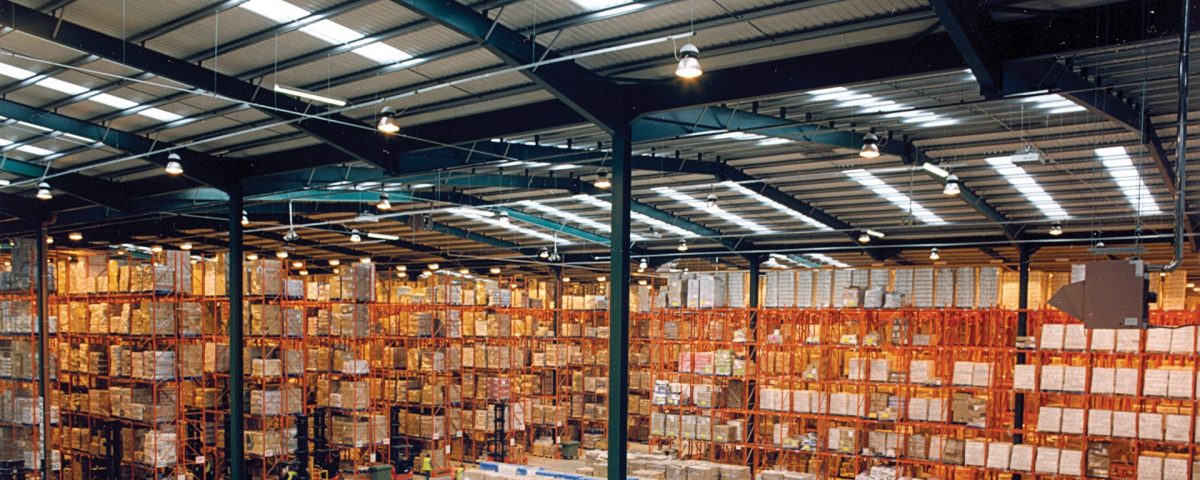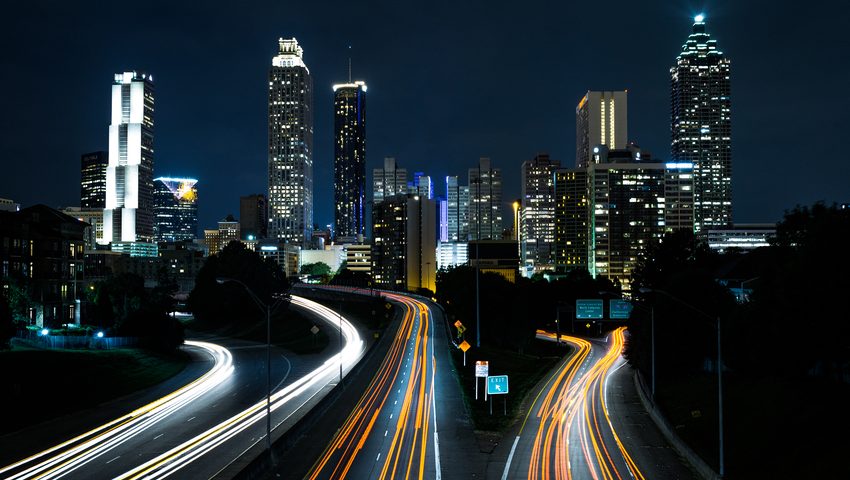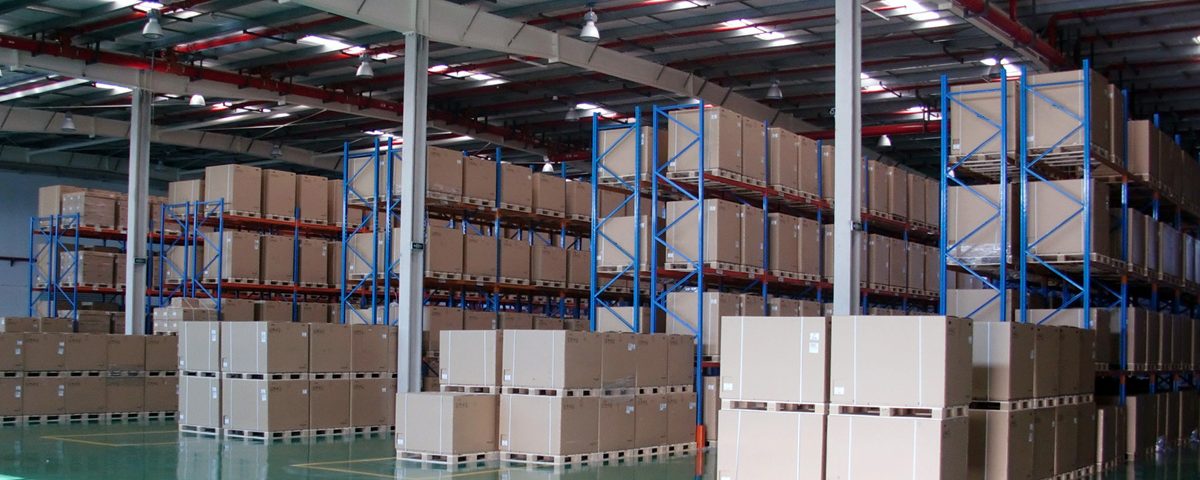Deciding the number of LED high bay lights to put in your warehouse during retrofits and installations is challenging. First, you will have to think about how many fixtures must be installed to produce illumination that is neither too much nor too little. You’ll also need to think carefully about the fixtures to be installed because warehouse lighting can come in different specifications.
It’s not hard, though. All you need to do is to know and understand the guidelines set by the Australian Building Codes Board (ABCB). You can find them in Chapter 12 of the recently released handbook NCC Volume Two Energy Efficiency Provisions 2016. If done successfully and with the right LED lighting solutions, safety and employee productivity in your warehouse will surely improve.
NCC Energy Efficiency Provisions
The NCC Volume Two Energy Efficiency Provisions 2016 introduced a set of design and construction guidelines for the different technical aspects of buildings and infrastructures in Australia, including lighting. Chapter 12 Subclause J6.2(b) of the handbook states that the maximum illumination power density for storage facilities should be:
- With shelving no higher than 75% of the height of aisle lighting – 8 W/m2
- With shelving higher than 75% of the height of aisle lighting – 10 W/m2
The maximum allowable lighting density permitted in a given indoor space. It is calculated in watts.
According to paragraph 2 of the same sub clause, to find out the lighting power allowance for space, the maximum illumination power density must be multiplied by the area of a given space. Based on this, it’s easy to find out how much lighting is needed for the illumination to become sufficient.
So, how many LED high bay lights does your warehouse need?
Below is how you can find out the number of lights in your warehouse:
1. Find out the size of the warehouse
First, you need to find the floor area of your warehouse. You then multiply that number by either 8 W/m2 or 10 W/m2, depending on the height of your shelves. For example, your floor area is 500 sqm and your shelves are lower than 75% of your aisle lighting. You multiply 500 by 8, which means that your lighting power allowance is 4000 watts.
2. Choose your preferred LED lighting solutions
The next thing you need to do is to choose your preferred lighting fixtures. If you still haven’t switched to MatrixLED’s LED high bay lights for your warehouse yet, now is a perfect time. You can check out MatrixLED’s full catalogue of LED high bays in Australia by visiting our product page.
3. Check the specs of your preferred LED lighting solutions
See if the specs match your lighting requirements. The more powerful a fixture is, the lesser the amount that you need to install. Let’s say you chose a LED high bay lighting fixture that has a wattage of 95. You will need around 42 fixtures equally spread in this case to maximise your lighting power allowance. Choosing 135w LED high bay lights, on the other hand, means installing around 29 fixtures.
MatrixLED offers efficient LED high bays in Australia
If you need more help in finding out how much lighting you need for your warehouse in Australia, you can schedule a consultation with us free of charge! All you have to do is visit MatrixLED’s Contact Us page, input a few details, and tell us how we can help.
Make the switch to LED high bays in Australia by choosing MatrixLED! You can learn how much you can save with our LED lighting solutions by using our Savings Calculator.
Don’t forget to read our other blogs for more topics on the use of LED high bays in Australia. You can also connect with us through our Facebook page.




